
How to
A collection of 81 posts


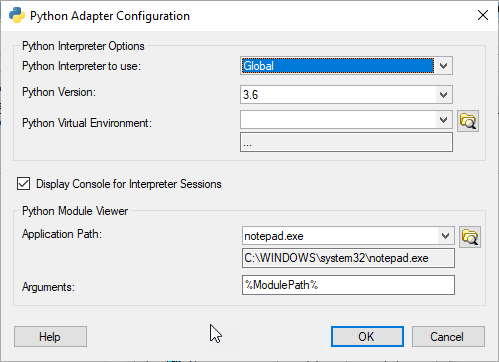
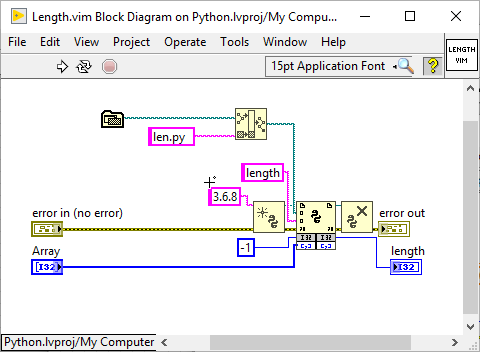
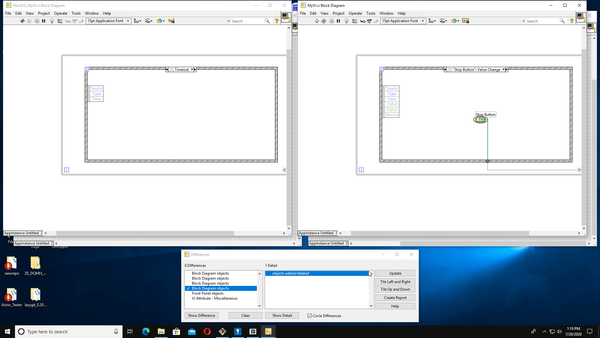
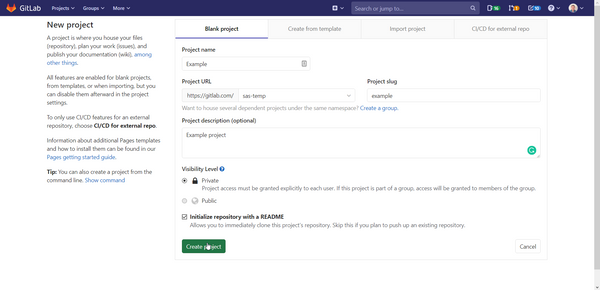
Automatically Creating A Gitlab Repo
I’ve been working on streamlining some of my processes lately. I noticed that one of the one things that takes a little time is creating a new GitLabRepository. It just seemed like it took too much time.
Here are the previous steps
1. Goto GitLab Webpage
2. Login
3.
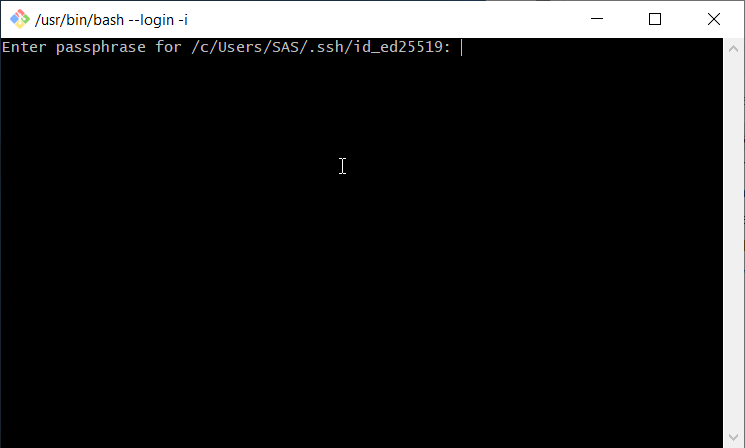
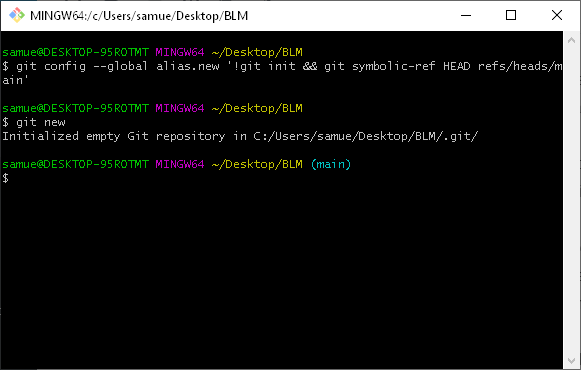
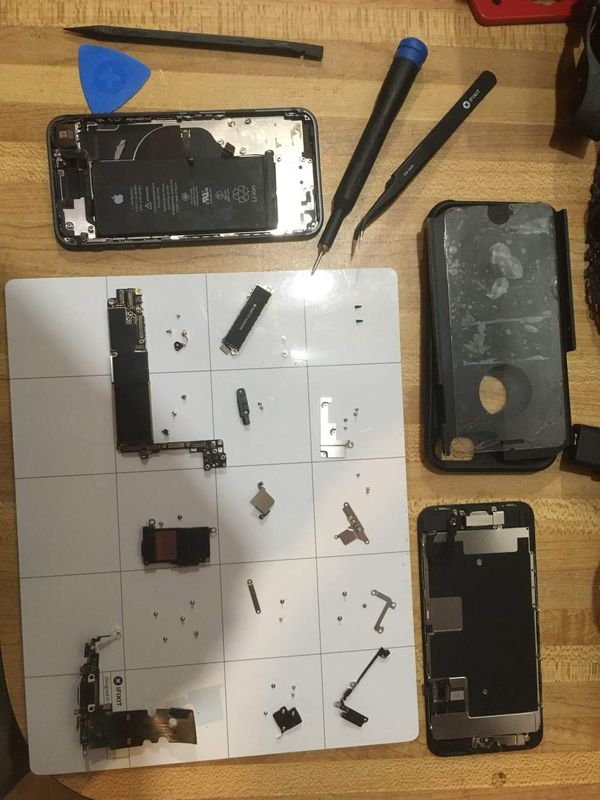
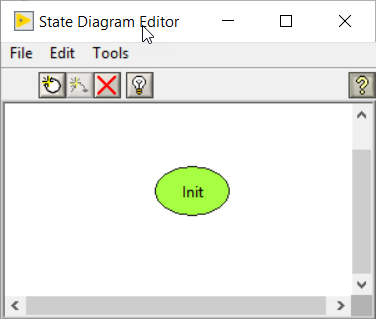
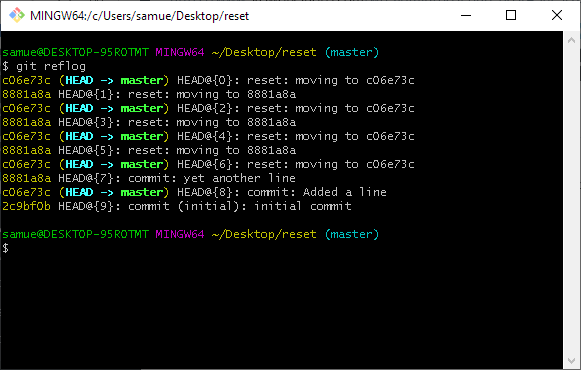

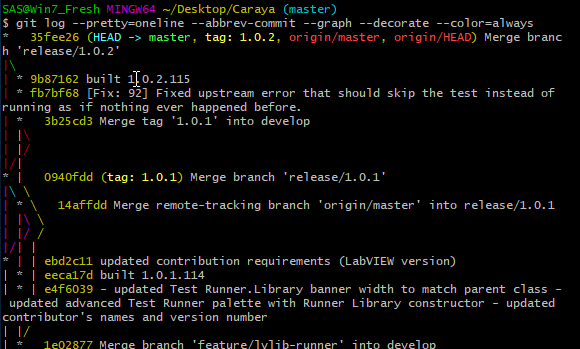
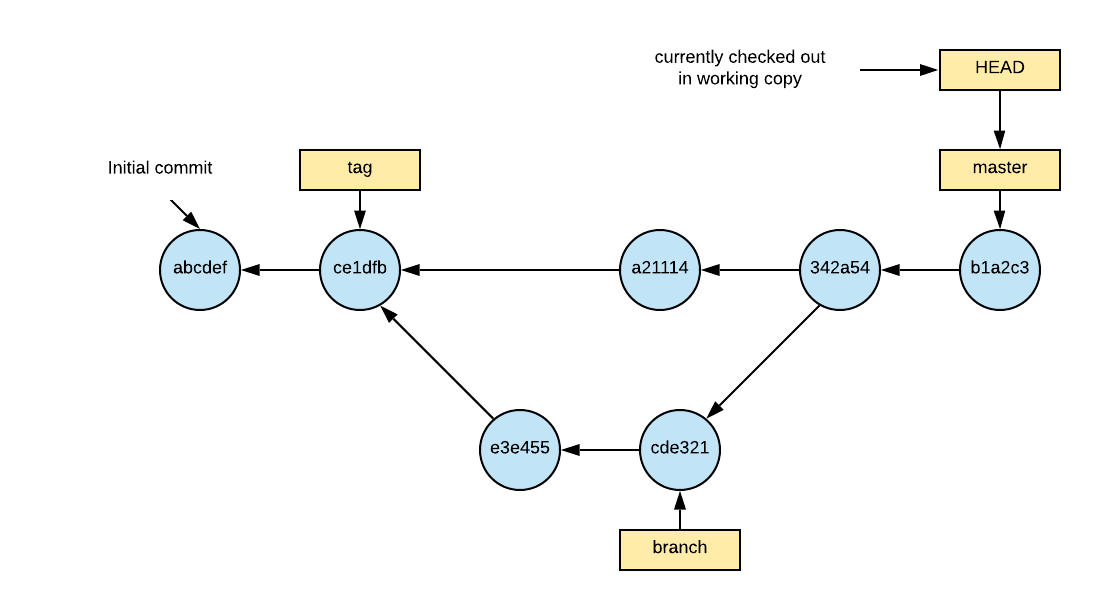

Managing Dependencies with DQMH Messages
In one of his talks, Uncle Bob describes Software Engineering as the art of managing dependencies. This is something that a lot of new programmers have difficulty with. I often run into code written by beginners (and some not-so-beginnners) that has lots of circular dependencies. I also see a lot
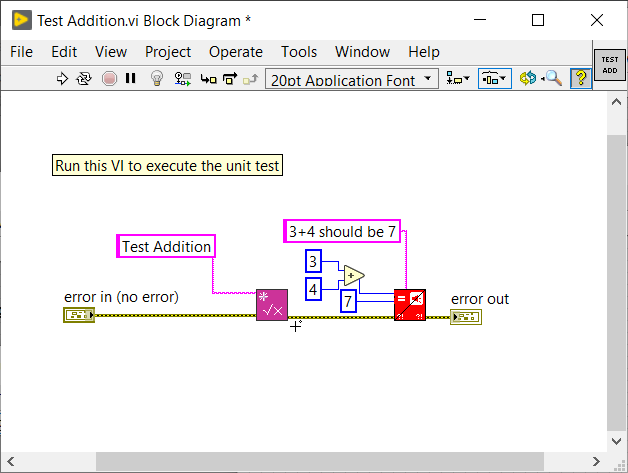

Insta Coverage
I first heard about InstaCoverage at NI Week 2018. I was part of a panel discussing Unit Testing. Peter Bokor gave a brief presentation right before the panel started on a new unit testing tool IncQuiry Labs had created called InstaCoverage. He really emphasized the code coverage calculation. This is
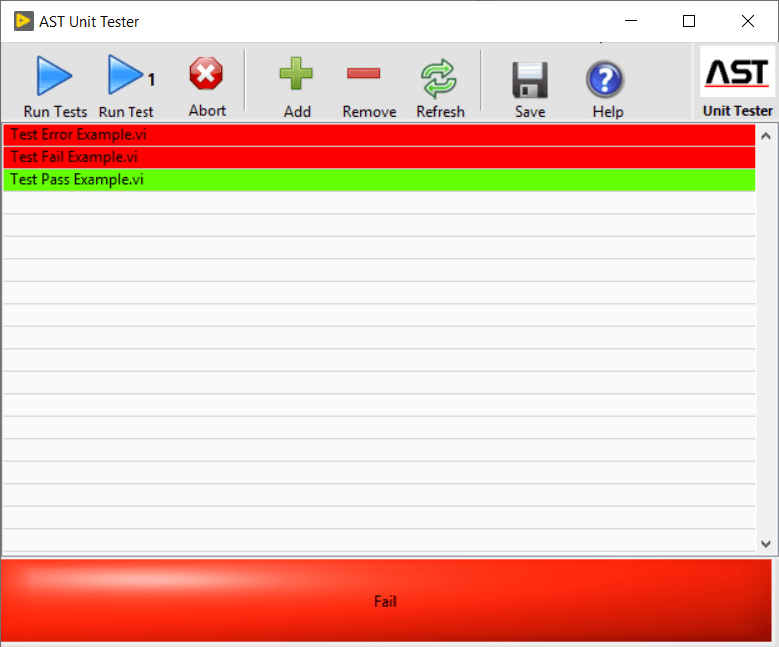
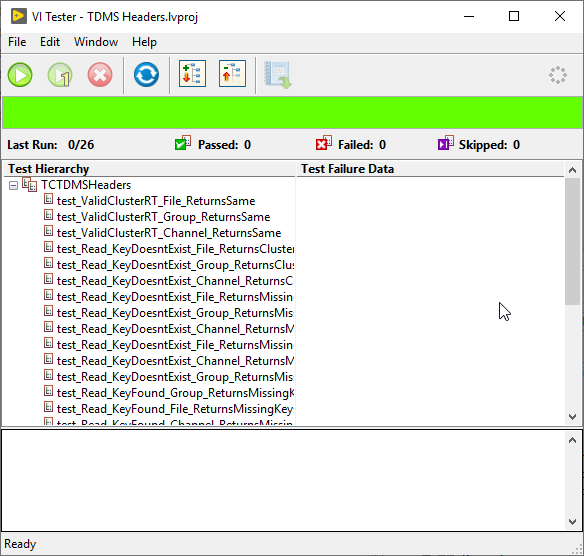
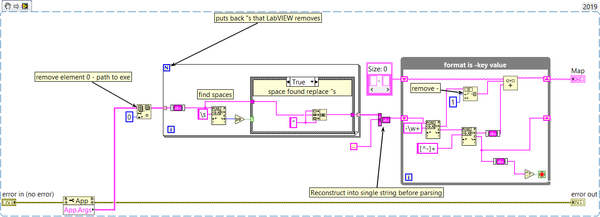
Using Maps As A Better Way To Pass Command Line Arguments
So for those who don’t know, LabVIEW 2019 incorporates some new datatypes: Sets and maps. Piotr Kruczkowsk has been posting a bunch of possible use cases on Twitter. You can see them here. Peter has inspired me to come up with one of my own.
The problem with CLI
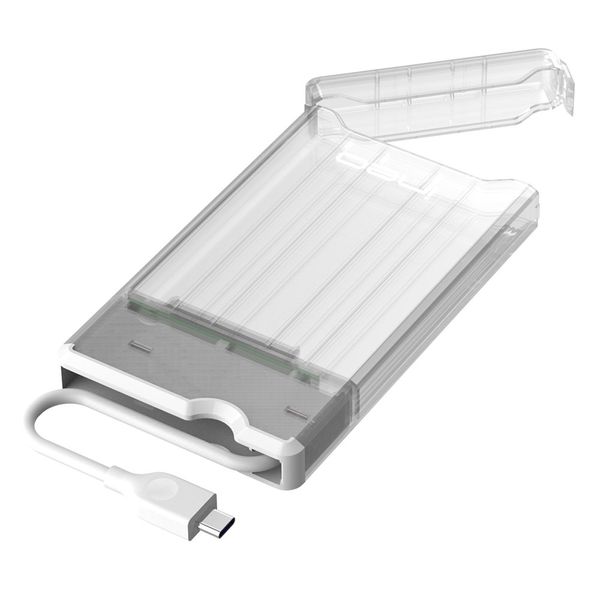
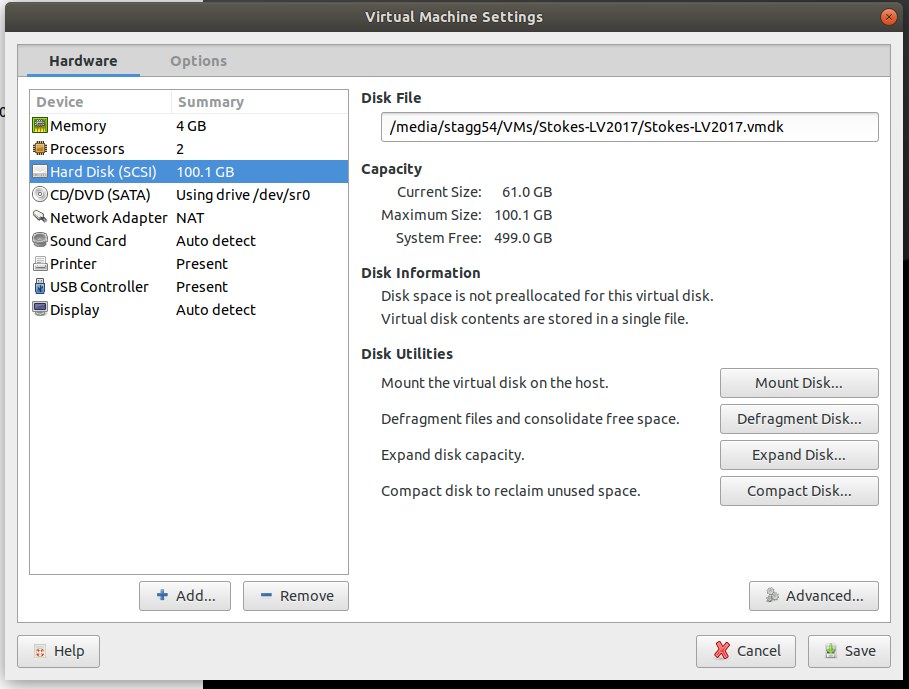
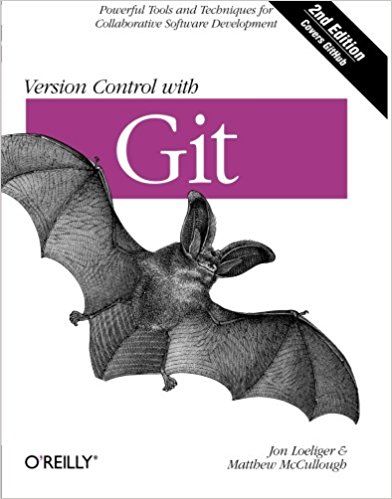
Gitting Started With Git
What do you use for source code control?
While I was asking everyone I met at NI Week about what frameworks they were using, I also started asking about source code control as well. Almost everyone I talked to universally said they were using some kind of source code control.